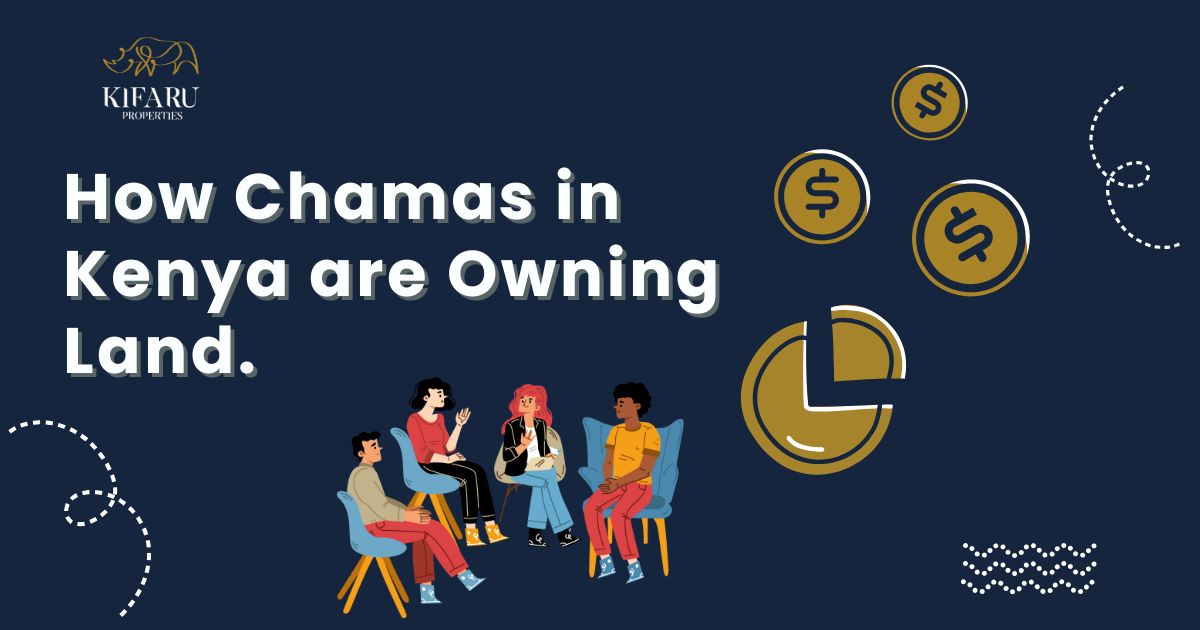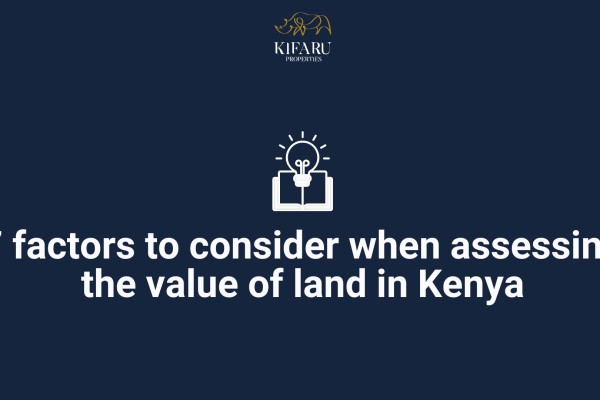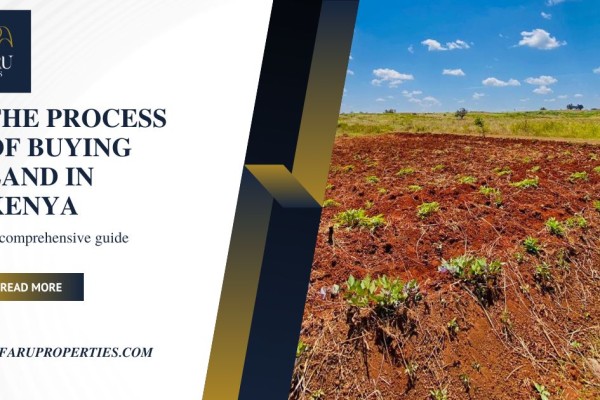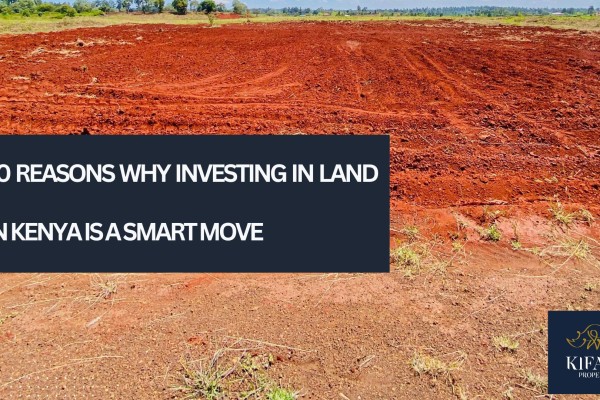- Feb 20, 2025
- Kifaru Meadows
- 343

1. Establishing a Legal Structure
For a chama to own property legally, it must be registered under an appropriate legal entity. Many chamas are choosing to formalize their groups through options like:
- Self-Help Group (SHG):Suitable for small, informal chamas.
- Partnership:Ideal for chamas with fewer members and clear profit-sharing structures.
- Limited Liability Company (LLC):Provides legal protection and ensures land is held in the company’s name.
- Co-operative Society:Best for larger chamas with many members looking to invest collectively.
Registering as a legal entity provides chamas with the legal standing to buy, sell, and hold property while protecting individual members.
2. Setting Clear Investment Goals
Successful chamas are defining their land ownership objectives clearly:
- Purpose:Some chamas invest in land for speculation, while others aim for farming, development, or future resale.
- Budget:They determine the total amount members will contribute toward the land purchase.
- Location:Prime areas like Ruiru, Juja, and Machakos are popular due to their growth potential.
- Timeline:Establishing a clear timeframe for fundraising and acquiring the land ensures organized progress.
3. Raising Capital
Pooling resources is the foundation of successful land purchases. Chamas in Kenya are raising capital through various methods:
- Monthly Contributions:Members commit to regular payments toward the collective fund.
- Investment Returns:Profits from other ventures are reinvested into the land project.
- Bank Loans:Registered chamas access group loans from financial institutions like Kenya Women Finance Trust (KWFT) or KCB Bank.
- Grants & Partnerships:Some chamas seek external funding through government programs or private investors.
4. Conducting Due Diligence
To avoid fraudulent deals, chamas are conducting thorough due diligence before purchasing land:
- Title Search:Verifying the authenticity of the title deed at the Ministry of Lands.
- Physical Visit:Inspecting the land to confirm location, boundaries, and development potential.
- Legal Verification:Engaging a lawyer to review sale agreements and confirm ownership.
- Zoning Regulations:Ensuring the land's use aligns with their intended purpose (e.g., residential, agricultural, or commercial).
5. Purchasing and Registering the Land
After selecting and verifying the land, chamas are following these steps to complete the purchase:
- Negotiating Price:Securing the best price and payment terms.
- Signing Sale Agreement:Drafting a legally binding agreement detailing payment schedules and transfer conditions.
- Stamp Duty Payment:Paying the mandatory stamp duty (usually 4% of the land value in urban areas and 2% in rural areas).
- Title Transfer:Ensuring the land is registered in the chama’s legal name or trustees to reflect collective ownership.
6. Managing and Developing the Land
Once chamas acquire land, they are managing and developing it to enhance its value. Common strategies include:
- Subdividing and Selling:Splitting the land into plots for resale at a profit.
- Leasing:Renting the land for farming, commercial, or residential purposes.
- Developing:Building rental properties or other revenue-generating projects.
Conclusion
Chamas in Kenya are actively owning land by combining legal compliance, strategic planning, and collective effort. Through proper structuring, clear goals, and thorough due diligence, these investment groups are securing valuable assets, generating wealth, and empowering their members for long-term financial success.




